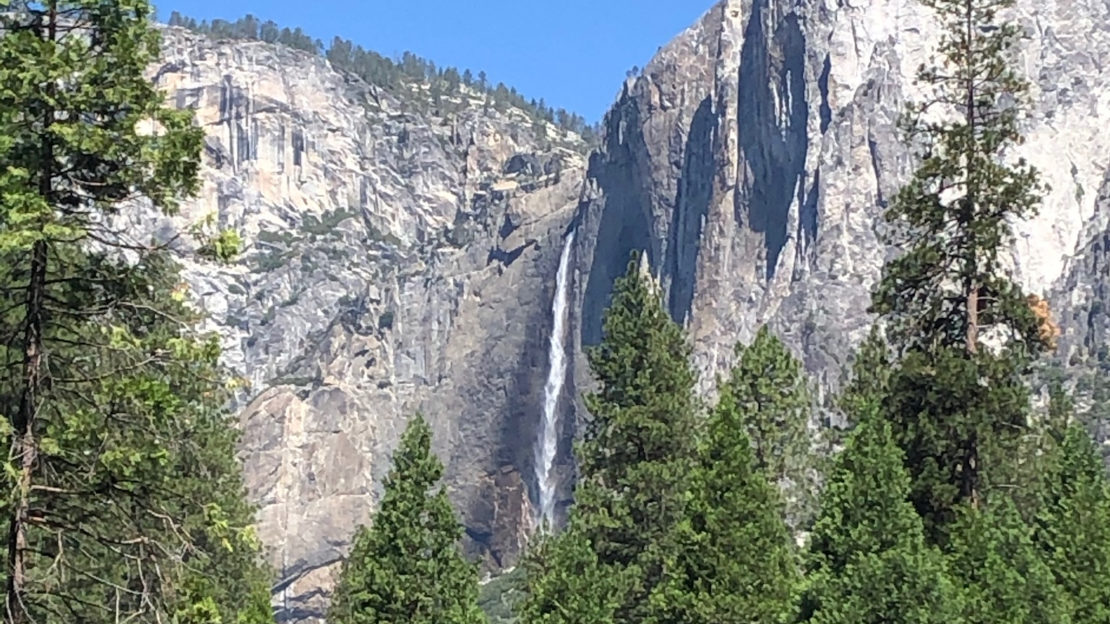
FPV California
Joined May 2020
Discussions
Reply to: A question for Californians with electric stoves/ranges
Posted June 13, 2021
Reply to: (Official discussion) Best survival knots every prepper should learn
Posted March 30, 2021
Reply to: Non ham radio choices
Posted November 22, 2020
Reply to: Key developments for Tuesday, October 6, 2020
Posted October 6, 2020
Reply to: Possible food/supply shortages…
Posted September 13, 2020
Reply to: Perpetual gear finds thread
Posted August 12, 2020
Reply to: This non-powered passive dish focuses cell phone signals to the nearest tower
Posted August 4, 2020
Reply to: Preparation for flying?
Posted August 3, 2020
Reply to: Better gas cans
Posted July 18, 2020
Reply to: Urban preps for the concrete jungle: what are your hacks?
Posted July 18, 2020
Reply to: Preparation for flying?
Posted July 13, 2020
Reply to: Preparation for flying?
Posted July 11, 2020
Reply to: What did you learn from the experience from COVID-19?
Posted June 21, 2020
Reply to: Generators?
Posted June 20, 2020
Reply to: What do you think about “news” roundups on the TP blog?
Posted June 19, 2020
Reply to: Preps of shame?
Posted June 7, 2020
Reply to: What did you learn from the experience from COVID-19?
Posted May 28, 2020
Load more...
Reply to: (Official discussion) Best survival knots every prepper should learn
Posted March 30, 2021
Reply to: Non ham radio choices
Posted November 22, 2020
Reply to: Key developments for Tuesday, October 6, 2020
Posted October 6, 2020
Reply to: Possible food/supply shortages…
Posted September 13, 2020
Reply to: Perpetual gear finds thread
Posted August 12, 2020
Reply to: This non-powered passive dish focuses cell phone signals to the nearest tower
Posted August 4, 2020
Reply to: Preparation for flying?
Posted August 3, 2020
Reply to: Better gas cans
Posted July 18, 2020
Reply to: Urban preps for the concrete jungle: what are your hacks?
Posted July 18, 2020
Reply to: Preparation for flying?
Posted July 13, 2020
Reply to: Preparation for flying?
Posted July 11, 2020
Reply to: What did you learn from the experience from COVID-19?
Posted June 21, 2020
Reply to: Generators?
Posted June 20, 2020
Reply to: What do you think about “news” roundups on the TP blog?
Posted June 19, 2020
Reply to: Preps of shame?
Posted June 7, 2020
Reply to: What did you learn from the experience from COVID-19?
Posted May 28, 2020
Load more...